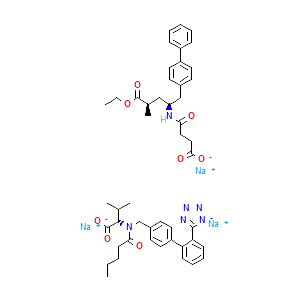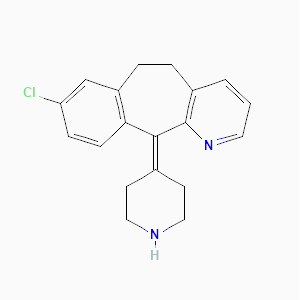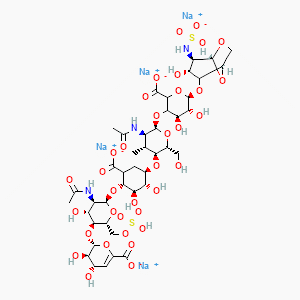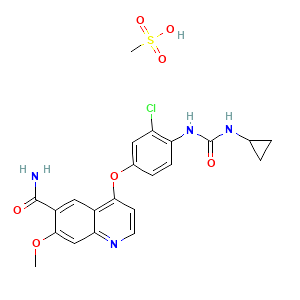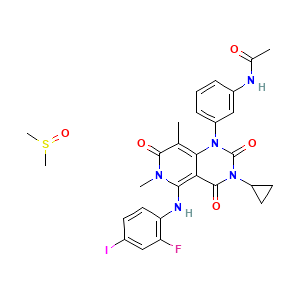Mechanism Of Action:
Sacubitril/valsartan is a medication that exerts its effects through the dual inhibition of neprilysin, an enzyme responsible for degrading certain peptides, and the angiotensin II type-I receptor (AT1 receptor). This unique combination leads to an increase in the levels of peptides that would otherwise be degraded by neprilysin.
The drug’s neprilysin inhibition prevents the breakdown of beneficial peptides, allowing them to accumulate in the body. Meanwhile, valsartan specifically blocks the AT1 receptor, preventing the harmful effects of angiotensin II. Additionally, valsartan helps inhibit the release of angiotensin II, further contributing to its beneficial effects.
Indication:
Heart Failure
The fixed combination of sacubitril/valsartan is prescribed to reduce the risk of cardiovascular death and hospitalization for heart failure in patients suffering from chronic heart failure with reduced ejection fraction and classified as NYHA class II–IV. This medication is typically administered in combination with other heart failure therapies, such as β-adrenergic blocking agents, aldosterone antagonists, and diuretics. It can also be used as a substitute for therapy involving an ACE inhibitor or other angiotensin II receptor antagonists.

